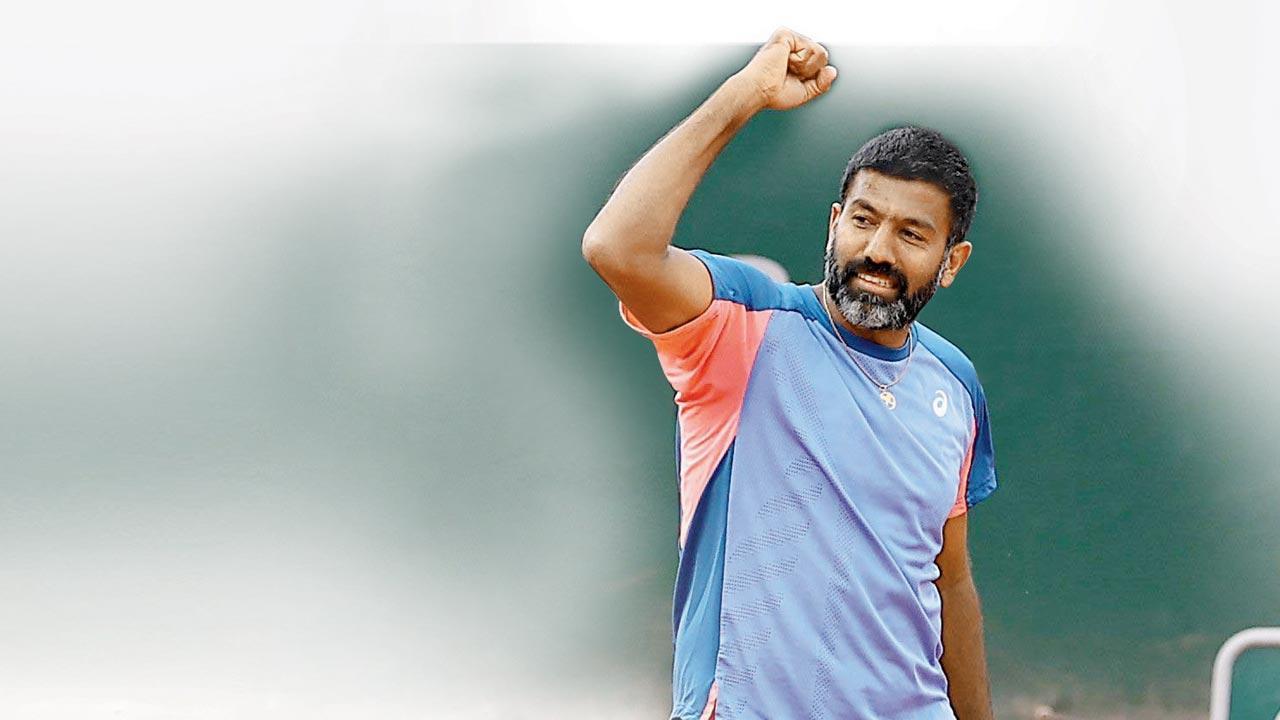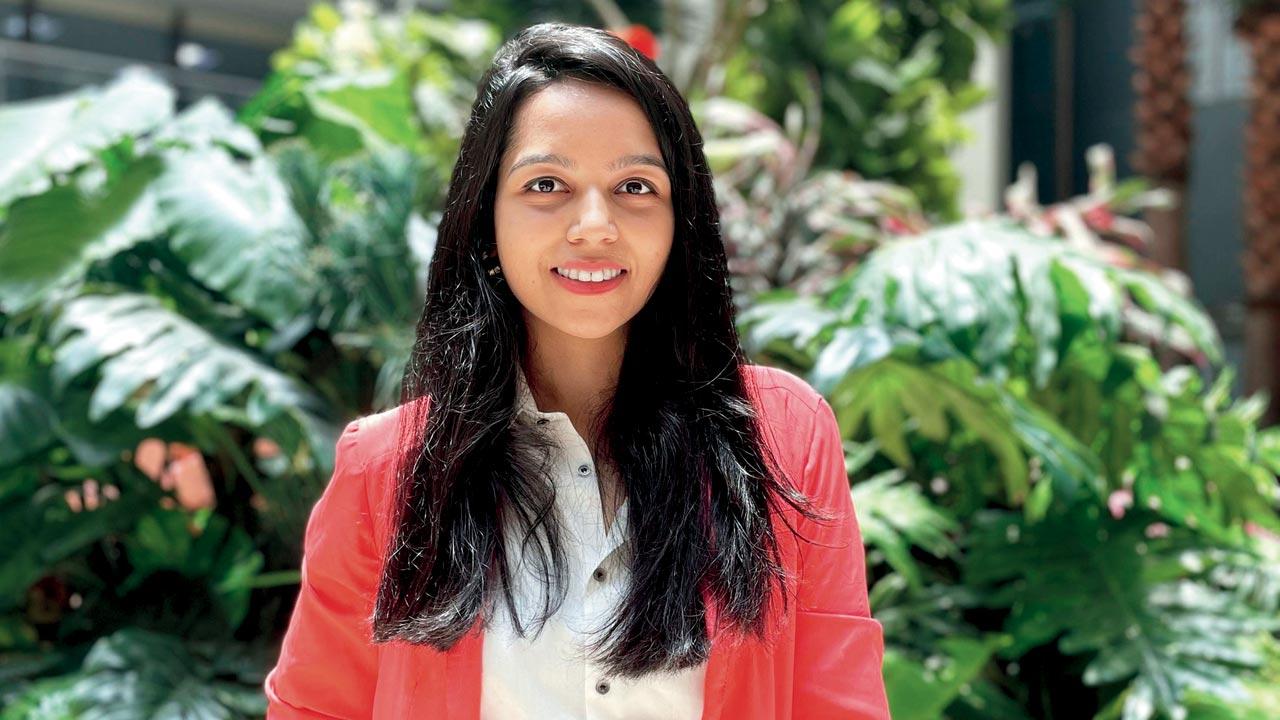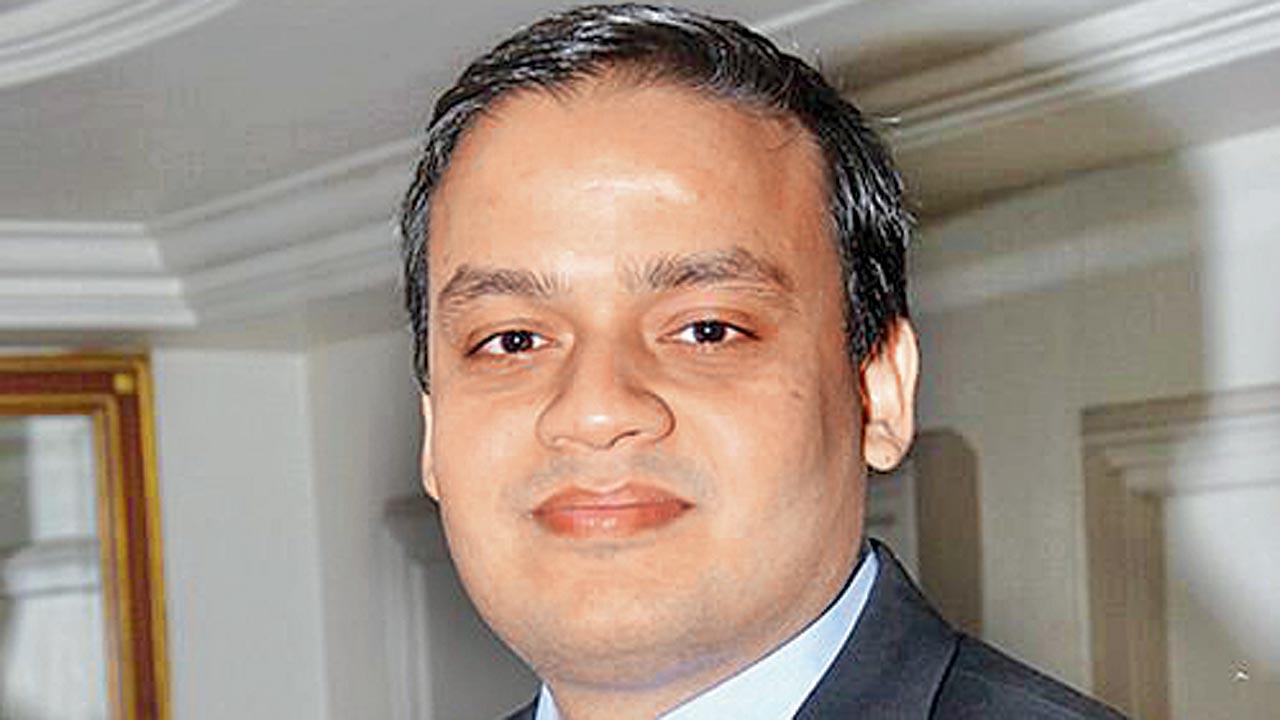US Open finalist Rohan Bopanna’s journey of dealing with severe knee pain and being on pain meds to complete recovery, has been making news. Experts weigh in on this condition

Bopanna relied on Iyengar yoga and physiotherapy to tackle his knee pain. Pic courtesy/Getty Images
Indian tennis star Rohan Bopanna, a finalist at the recently-concluded US Open, made news not only for his performance, but also for a revelation during an interview, where the 43-year-old shared that both his knees don’t have cartilage. Cartilage is a strong and flexible tissue that lines the end of the bones providing cushion for joints and prevents bones from rubbing together. In 2019, Bopanna had been on two to three pain killers daily, but with the help of Iyengar yoga and physiotherapy, today, he is medication-free. But is it only an athlete who can achieve this kind of recovery? We speak to experts who suggest healthy, safe and non-invasive ways to manage knee pain in such conditions.
ADVERTISEMENT
Protect it first, then treat with patience

Articular cartilage has no blood supply of its own. Thus, an injury to it can be disabling and it depends on the surrounding structures for nourishment. An injury can increase the load on these structures. The correct approach would be to protect the joint from further damage by encouraging a rest period. This can be monitored along with optimal loading, which begins with no to minimal loading, using canes and crutches and increasing the weight on the joint slowly.
This is done simultaneously with management of the pain and swelling done using methods such as icing, compression and elevation. After the management in the acute phase, a correct stretching and muscle activation program should be done. Patients with injuries are treated with a holistic approach involving progressive strengthening, cardiovascular training and dietary modifications to improve muscle quality by enhancing muscle nourishment. Activities like stationary cycling, walking and swimming can be adopted, depending on the pain and flexibility.
Physiotherapy is always tailor-made, case-specific and, requires adherence. Patience is the key to bring about an invasive change by a non-invasive method.
Dr Preeti Talesara, practising physiotherapist
Strengthening is the key

The stronger the muscles, the stronger the knees. So, for someone with this kind of knee issues, exercising is a great way to go, be it swimming, walking in the swimming pool, cycling or yoga. Though none of this will regenerate the cartilage inside the knee, it will strengthen the muscle around the knees. So, this eliminates the pain.
Avoid squatting, kneeling and sitting cross-legged as this aggravates the pain. Try the nutraceuticals that are now available in the market, like the collagen supplements. These tablets, when ingested, can actually help in regenerating the cartilage. If one is open to minimal invasive techniques, there’s stem cells and viscosupplementation.
There are viscosupplementation and oil injections, which are injected in the knees that help the patient. The stem cells are collected from sheep and goats [who are bred for this purpose] and are injected in the person’s knees, which help regenerate cartilage. These stem cell injections are commercially available in clinics.
Dr Aditya Khemka, orthopaedic surgeon, Bhatia Hospital Mumbai
Yoga to the rescue

. For recovery and pain management of knee joint pain, therapeutic yoga asana routines that are low-impact on the knees and does not put pressure, is advisable. Hastapadasana (hand-to-foot pose) or supta padangusthasana (reclining hand to big toe pose) that include Iyengar yoga props like yoga belt and yoga block could be done. Practise these while deep breathing.
. Strengthen the quadriceps muscles, as it’s a great way to get the knee back in shape, and improve the functioning and mobility of the joint. A wall supported chair pose or an L-sit by the wall is ideal to build strength in your muscle.
. Gentle knee rotation, also called sukshma vyayam. Gentle rotation of the knees, clockwise and anti-clockwise, can also be beneficial.
. Anulom vilom pranayama and bhramari pranayama help with the pain in the long run.
Inputs by Jenil Dholakia, yoga and wellness expert
Try these exercises at home

. Quadriceps setting: Lie straight on yoga mat or a bed, place a towel roll under your knees and press your knees down without lifting your ankles. Hold for three seconds and do it around 10 times.
. Leg extensions: Sit on a chair, feet well supported on the floor. Straighten your one leg and hold the position for three seconds. Repeat around 10 times.
. Standing heel raises: Stand upright, place the hands on a chair for support. Rise on your toes and then relax. Repeat this a couple of times.
. Knee clams: Lie on one side, both knees bent to 45 degrees. Slowly, raise the top of the knee without moving the lower part of the leg. Repeat a few times.
. Knee bends: Lie straight. Slide your heel and bend your knee and then straighten it. Repeat a few times.
Inputs by Dr Manali Makwana Parmar, physiotherapist
Note: If you have pain in your knees, please consult a medical expert before trying any of these exercises or yoga postures.
 Subscribe today by clicking the link and stay updated with the latest news!" Click here!
Subscribe today by clicking the link and stay updated with the latest news!" Click here!







